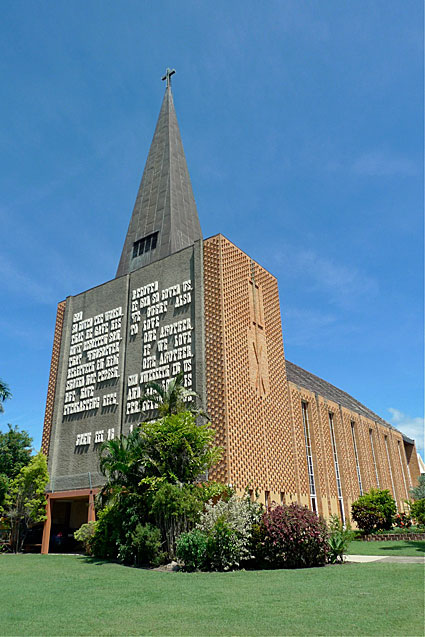
St John's Lutheran Church, Bundaberg
[Photograph by Trevor Bunning (November 2010)]

St John's Lutheran Church, Bundaberg
[Photograph by Trevor Bunning (November 2010)]
Historical and Technical Documentation by Geoffrey Cox
© OHTA 2011 (last updated November 2011)
Immigrants from Germany and settlers from Maryborough acquired some of the rich lands of the Woongarra Scrub, near Bundaberg, and began to gather for worship in this area from 1877 onwards. They built a temporary church in Tantitha Street in 1882, and the first St John's Church, a timber structure on the present site, was dedicated on 23 May 1892.1
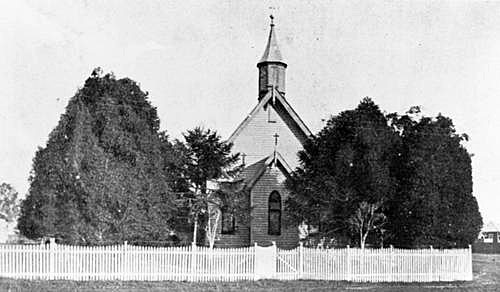
The first St John's Lutheran Church, Bundaberg, c.1910
[Photograph: John Oxley Library, State Library of Queensland]
The striking present church, featuring a tall copper-sheathed steeple and a facade depicting an open bible, was dedicated on 3 April 1960.2 It was designed by the noted avant-garde architect, Karl Langer.3 Viennese-born, Langer had settled in Australia immediately prior to the Second World War, and became actively engaged in many public and professional bodies. He lectured for a time in town planning at the University of Queensland. Langer's other buildings include the chapel at St Peter's Lutheran College, Indooroopilly.4
The organ was built in 1898 by E.F. Walcker of Ludwigsburg-Wrtt, Germany,5 and was installed by 'Messrs Whitehouse & Co' in the timber church.6 'Whitehouse & Co' presumably referred at this date to Whitehouse & Marlor, under which name the firm traded between 1896 and 1902.7 This was the first of two instruments by the Walcker firm imported into Queensland, the other being for St Andrew's Lutheran Church, Brisbane in 1911.
The action of the organ was originally mechanical,8 but it appears to have been changed to pneumatic action in August 1938, when the following work was undertaken by Whitehouse Bros at a cost of £295, as recorded in the firm's ledger:
Lutheran Church, Bundaberg
Aug 8
Reconstruction,
repairing & enlargement
of the organ as per tender
dated 6th June 1936.9£295 - -
'Reconstruction' may be assumed to have amounted to rebuilding the instrument, for it is certainly recorded as having pneumatic action by the early 1950s, as will be seen below. The 'enlargement' to which the ledger refers may, however, have amounted to no more than the addition of an octave coupler. The facts have unfortunately been confused by an abbreviated summary from the ledger in a later summary list of Whitehouse work: 'Recondition and repairs. Aug. 1938, £295,'10 which suggests that only minor work was undertaken at the time.
By around 1952, the specification was recorded as follows:
| MANUAL Geigen Diapason Lieblich Gedackt Salicional PEDAL Bourdon COUPLERS Octave coupler Manual to Pedal |
8 8 8 16 |
Pneumatic action
Pedalboard: flat.11
In 1960, the organ was rebuilt with electric action, enlarged and installed by Whitehouse Bros of Brisbane in a chamber at the rear of the gallery in the new church.12 The organ chamber is covered with removable panels of insect mesh to prevent damage by cane beetles during the summer months.13
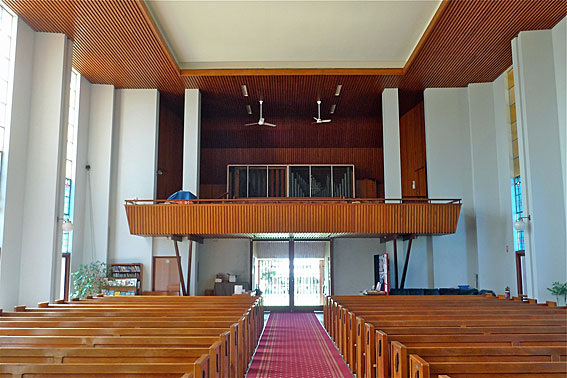
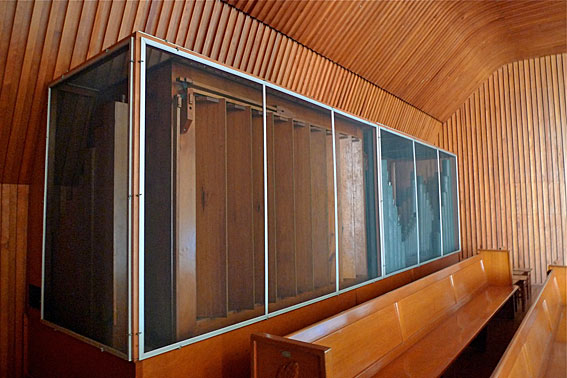
[Photographs by Trevor Bunning (November 2010)]
The original Salicional (located on the Great at this time) was subsequently damaged by vandals and replaced in 1990 by W.J. Simon Pierce with the old Swell Gamba 8ft from the Whitehouse organ at King's College, St Lucia.14 In 1999, Pierce recovered the keyboards, which had emanated from Laukhuff at the time of the 1960 rebuild.15
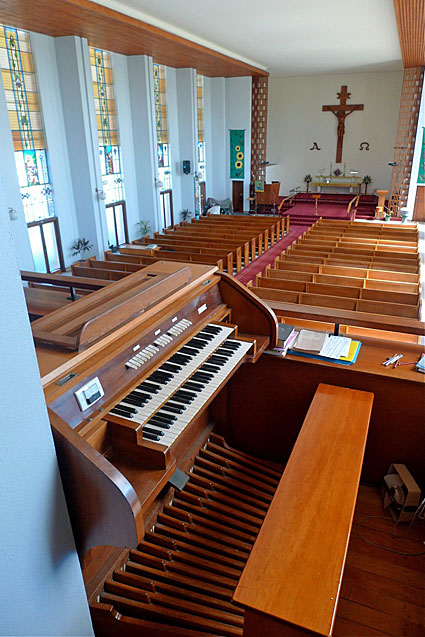
[Photograph by Trevor Bunning (November 2010)]
The specification is as follows:
| GREAT Open Diapason Salicional Principal Fifteenth SWELL Geigan [sic] Principal Gedact Flute Cornopean Oboe PEDAL Bourdon Bass Flute COUPLERS Swell Super Octave Swell Sub Octave Swell to Pedal Great to Pedal Swell to Great Swell to Great Super Swell to Great Sub |
8 8 4 2 8 8 4 8 8 16 8 |
A A A B B |
[1960] [1898; replaced 1990] [1960] [1960] [1898] [1898] [1960] [1960] [1960] [1898] [1960] |
Swell tremulant
Electro-pneumatic action
Detached stop-key console
Compass: 61/30
Radiating concave pedalboard
Balanced swell pedal.16
________________________________________________________________________
1 F. Otto Theile, One Hundred Years of the Lutheran Church in Queensland (Brisbane: UELCA, 1938), p. 194.
2 100 Years of Grace – St John's Lutheran Church 1877-1977 (Bundaberg, c.1977), p. 7.
3 St John's Lutheran Church, Bundaberg, April 1960-April 2010: 50th Anniversary Commemorative Booklet (Bundaberg, 2010), cited by Trevor Bunning.
4 Ian Sinnamon, 'Langer, Karl (1903 - 1969)', Australian Dictionary of Biography, vol. 15, (Carlton: Melbourne University Press, 2000), pp. 55-56.
5 Walcker Catalogue.
6 Theile, p. 195.
7 Geoffrey Cox, 'B.B. Whitehouse and the First Organ Built in Queensland', OHTA News, vol. 35, no. 1 (January 2011), p 23.
8 Personal communication to G. Cox from J.H. Whitehouse and K.M. Whitehouse, c.1973.
9 Whitehouse Bros Ledger (1922-1940), p. 229.
10 Whitehouse Bros List.
11 Original specification from Collected Specifications of Bernie Brohan (c.1952), confirmed c.1973 by K.M. Whitehouse. Brohan attributed the organ to Whitehouse rather than to Walcker.
12 Personal communication to G. Cox from N.A. Zunker (Church Secretary), May 1974.
13 Personal communication to G. Cox from Delwyn Ainsworth (organist), November 2011.
14 Personal communication to G. Cox from Simon Pierce, January 2001.
15 The Organ Voice, vol. 25, no. 4 (December 1999), p. 27.
16 Specification noted by G. Cox, July 1974, incorporating subsequent alteration as noted above.
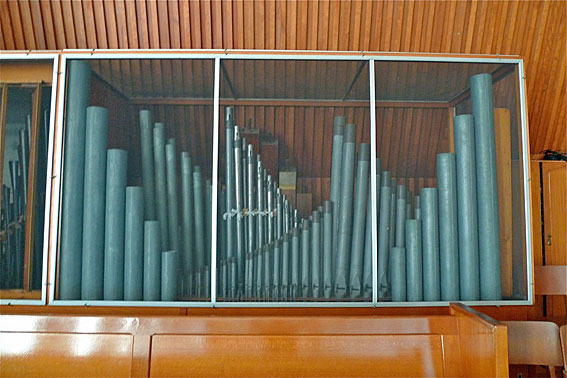
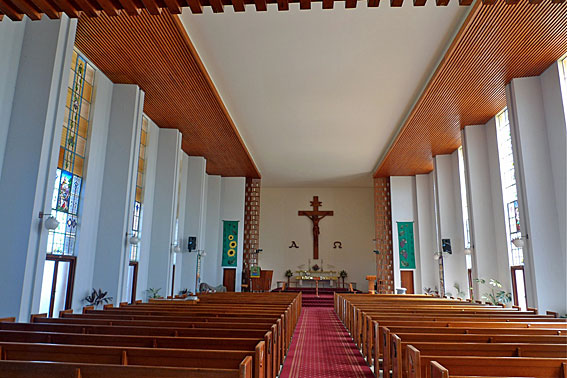
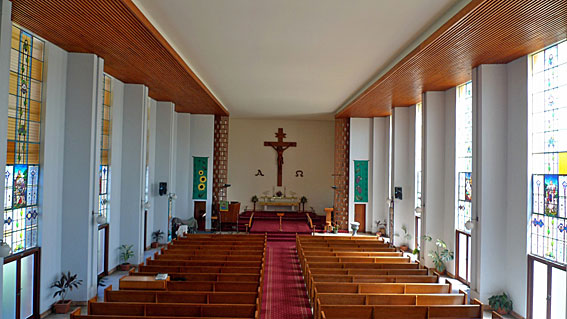
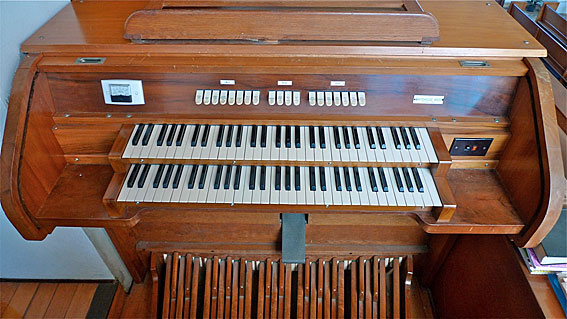

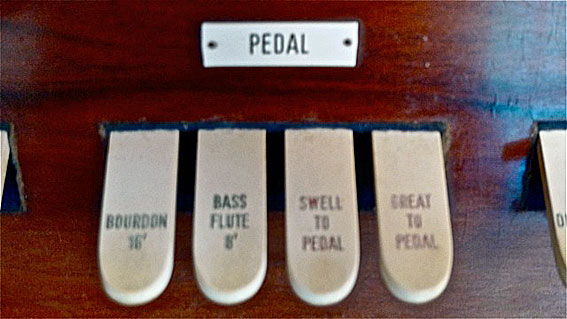
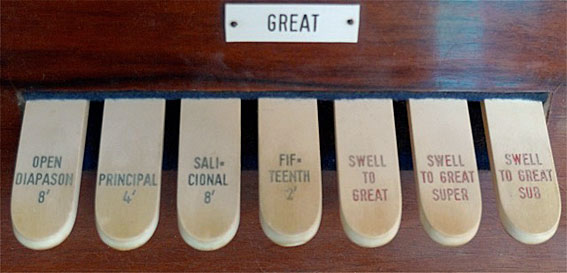
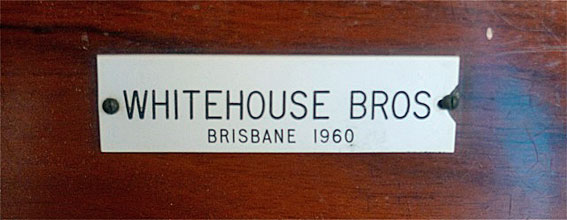
[Photographs by Trevor Bunning (November 2010)]